A document on Church music not to be forgotten
By Aurelio Porfiri
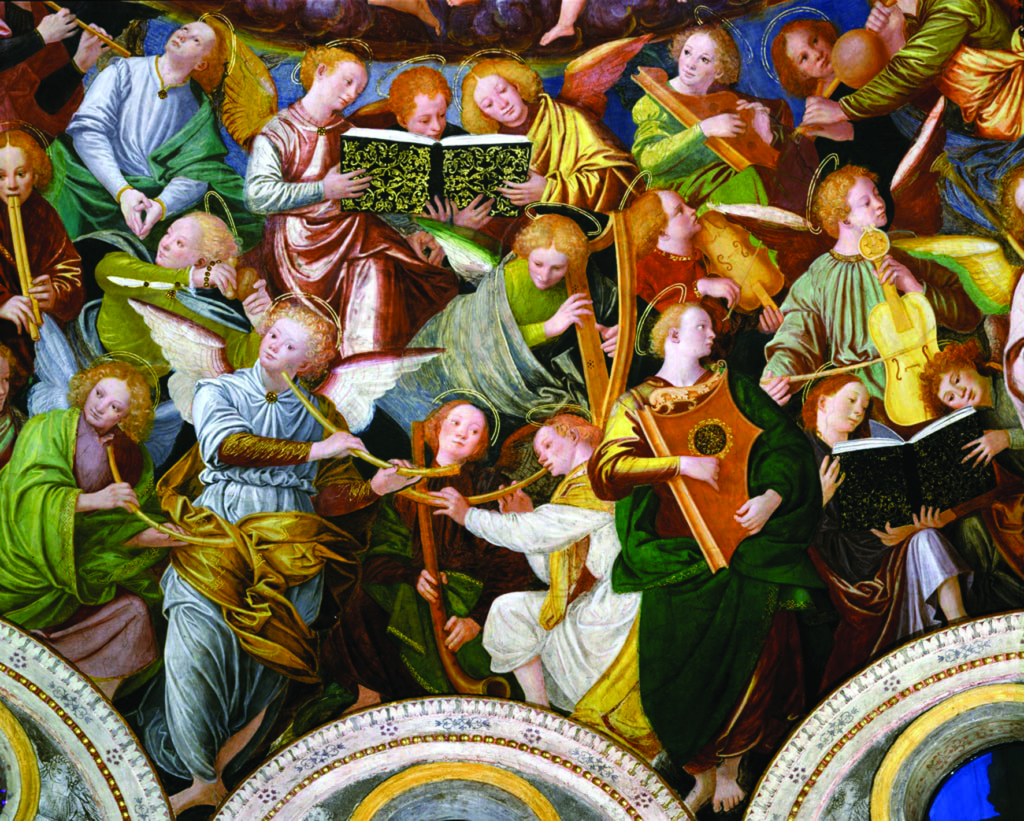
The Concert of the Angels by Gaudenzio Ferrari, now in Santa Maria dei Miracoli, Milan, Italy.
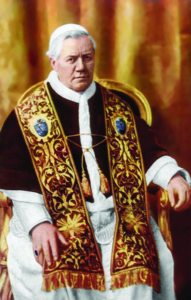
St. Pius X, Pope from 1903 to 1914.
On November 22, 2023, a year from now, a document of enormous importance should be remembered, for better or for worse, as regards liturgy and sacred music. In fact, it will be 120 years since the promulgation of the motu proprio Tra le sollecitudini, promulgated by St. Pius X on November 22, 1903. St. Pius X took that document very seriously, so much so that he defined it “almost a legal code of sacred music.” And why was there a need for something like this? The topic would be long, but we can try to summarize it.
Since the Renaissance, secular music was emancipated from its origins in the context of music for liturgical ceremonies. This emancipation would give life to the splendid musical heritage of Western civilization but would also cause the phenomenon of the influence of the profane on the sacred. This phenomenon was particularly evident in the 1600s, 1700s and 1800s, in which the predominant musical languages were those of instrumental music and opera.
These languages would make their way into sacred music, giving life to musical masterpieces which, however, would have little adherence to liturgical needs. They could perhaps be all right in certain liturgies that could indulge in length of time, which could be many hours. We know, for example, of Vespers in the 1800s in which the Psalms were set to music from beginning to end, and not simply recited in Gregorian chant or with a faux bourdon (false drone). These Vespers naturally went on for many hours. But modern civilization was probably no longer able to consider these very long times for the liturgy and for sacred music, and an attempt was made to preserve the dignity of the liturgical rite and sacred music with shorter times and, above all, to hold it above profane influences, however artistically sublime.
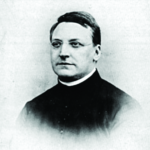
Jesuit Fr. Angelo de Santi (1847- 1922)
The Council of Trent had already dealt with these influences, as had Pope Benedict XIV in his 1749 encyclical Annus Qui. This was also a concern of the Patriarch of Venice in the last decade of the 19th century, Cardinal Giuseppe Sarto (later Pope Pius X), who attempted to implement reformist ideas in his diocese. To do this he made use of the work of a Jesuit priest, Angelo de Santi (1847-1922). Aldo Bartocci in 1991 (Dizionario Biografico degli Italiani) recalls that collaboration thus: “In 1903 the election as Pope, with the name of Pius X, of Cardinal Giuseppe Sarto, an old friend of De Santi and his firm supporter, gave new impetus to the reform of sacred music. With the motu proprio Inter pastoralis officii sollicitudines of 22 November 1903, to whose formulation De Santi contributed in a decisive way, the new pontiff put an end to the controversies that had divided the ecclesiastical hierarchy on the question, approved De Santi’s reform program and decided to implement it.”
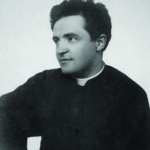
Musician Don Lorenzo Perosi (1872- 1956)
Together with Father de Santi, another name not to be forgotten with reference to Pius X is that of the musician Don Lorenzo Perosi (1872-1956), a decisive figure for sacred music of the 20th century, whose compositions are still widespread today.
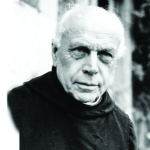
Belgian Benedictine Lambert Beauduin (1873-1960)
Pius X, who certainly loved music very much, published his motu proprio, and it was like a hurricane in the field of liturgy and sacred music. The reformist “Caecilian” associations immediately got busy supporting the Pontiff’s work of reform, but this document was also seen as an impulse to a certain direction that the Liturgical Movement born in the 19th century was taking under very different auspices. Among those who used the motu proprio in this sense was the Belgian Benedictine Lambert Beauduin (1873-1960), a name of enormous importance for understanding what led us to the Second Vatican Council.
Beauduin had almost taken a passage from the motu proprio as his motto, where St. Pius X stated: “Filled as We are with a most ardent desire to see the true Christian spirit flourish in every respect and be preserved by all the faithful, We deem it necessary to provide before anything else for the sanctity and dignity of the temple, in which the faithful assemble for no other object than that of acquiring this spirit from its foremost and indispensable font, which is the active participation in the most holy mysteries and in the public and solemn prayer of the Church.” Certainly, how this “participation” would be understood was a very different problem.
In reality, the motu proprio of St. Pius X on sacred music attempts to curb the influences of secular music (even if of a high artistic level) and of the instruments associated with profane use in the liturgy, reiterates how the Church promotes the use of Gregorian chant in sacred rites and how polyphony, with special reference to that of the Roman school of the 16th century, has to be held in great consideration for liturgical use.
It certainly does not exclude modern polyphony and popular song, if they correspond to the qualities required for sacred music: “Sacred music should consequently possess, in the highest degree, the qualities proper to the liturgy, and in particular sanctity and goodness of form, which will spontaneously produce the final quality of universality. It must be holy, and must, therefore, exclude all profanity not only in itself, but in the manner in which it is presented by those who execute it. It must be true art, for otherwise it will be impossible for it to exercise on the minds of those who listen to it that efficacy which the Church aims at obtaining in admitting into her liturgy the art of musical sounds.
“But it must, at the same time, be universal in the sense that while every nation is permitted to admit into its ecclesiastical compositions those special forms which may be said to constitute its native music, still these forms must be subordinated in such a manner to the general characteristics of sacred music that nobody of any nation may receive an impression other than good on hearing them.”
This document provided important reference points for composers of sacred music, references that many continue to take as a guide for their own musical activity. (It must be said that not all those who were inspired by the motu proprio of St. Pius X have rendered a good service to sacred music, often proposing music which slavishly imitated Renaissance music or which limited itself to covering the sacred text with simplistic melodies and harmonies.)
However, the motu proprio of St. Pius X, with its limitations and strengths, represented a turning point in the field of sacred music and liturgy, a turning point that would have great importance in the following decades — at least until the earthquake that would hit the Church following the Second Vatican Council.
In the chirograph commemorating the centenary of the motu proprio of Saint Pius X, John Paul II wrote: “On various occasions I too have recalled the precious role and great importance of music and song for a more active and intense participation in liturgical celebrations. I have also stressed the need to ‘purify worship from ugliness of style, from distasteful forms of expression, from uninspired musical texts which are not worthy of the great act that is being celebrated,’ to guarantee dignity and excellence to liturgical compositions. In this perspective, in the light of the Magisterium of St. Pius X and my other Predecessors and taking into account in particular the pronouncements of the Second Vatican Council, I would like to re-propose several fundamental principles for this important sector of the life of the Church, with the intention of ensuring that liturgical music corresponds ever more closely to its specific function.”
Sadly, few now listen to these teachings of St. John Paul II, let alone those of St. Pius X.

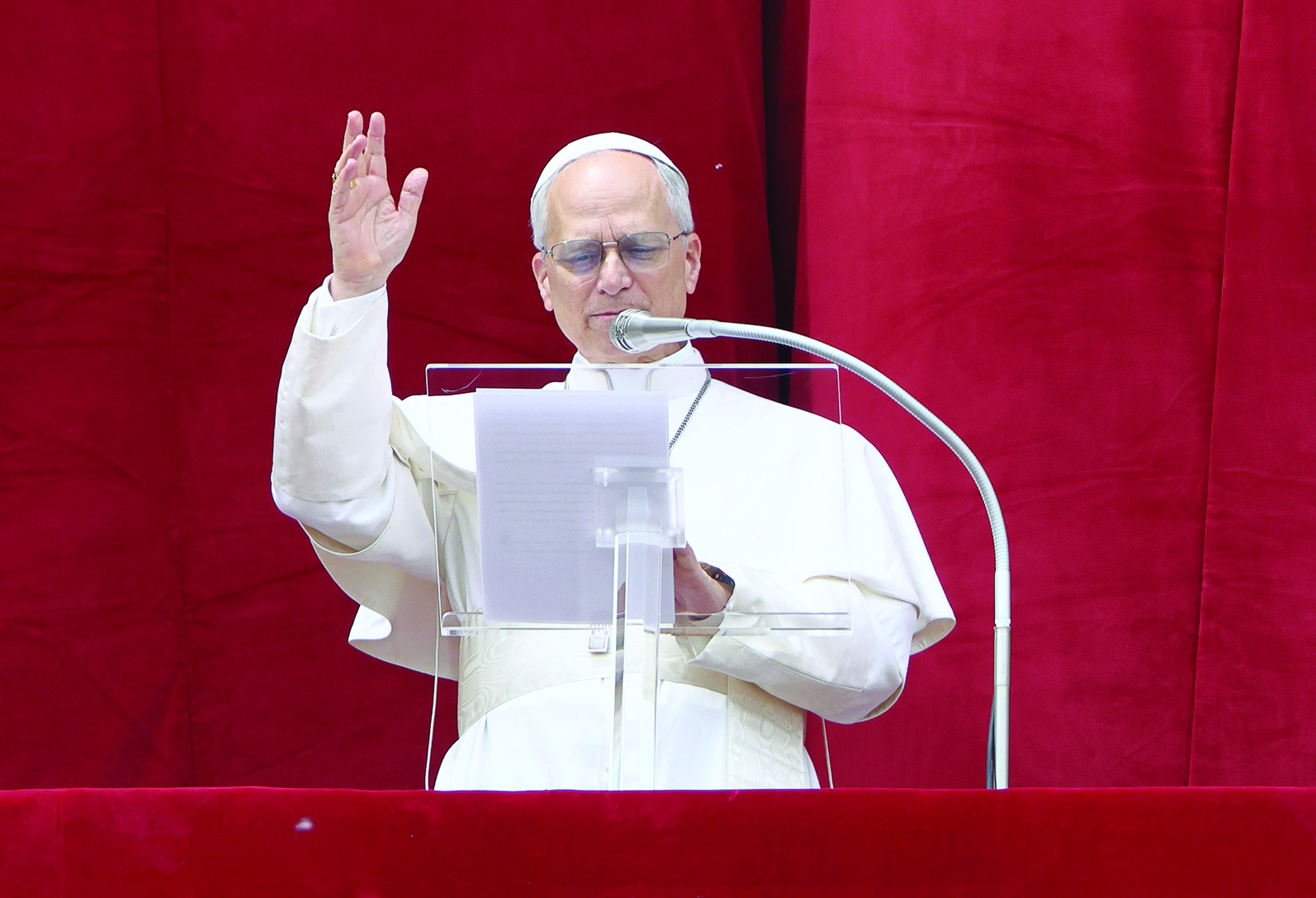

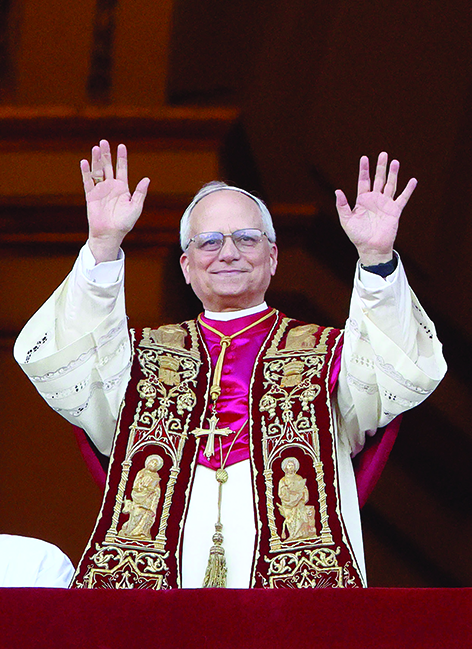
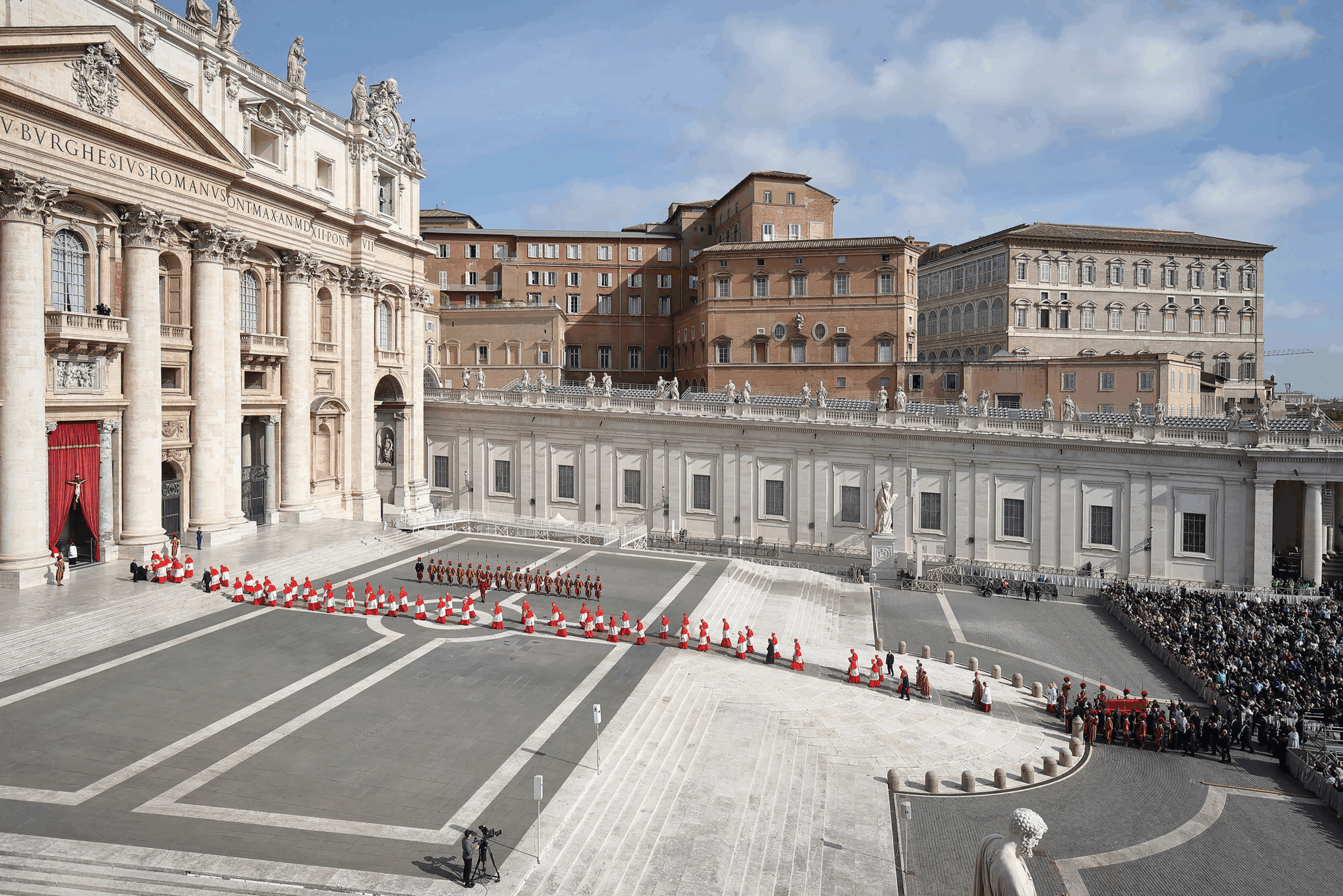
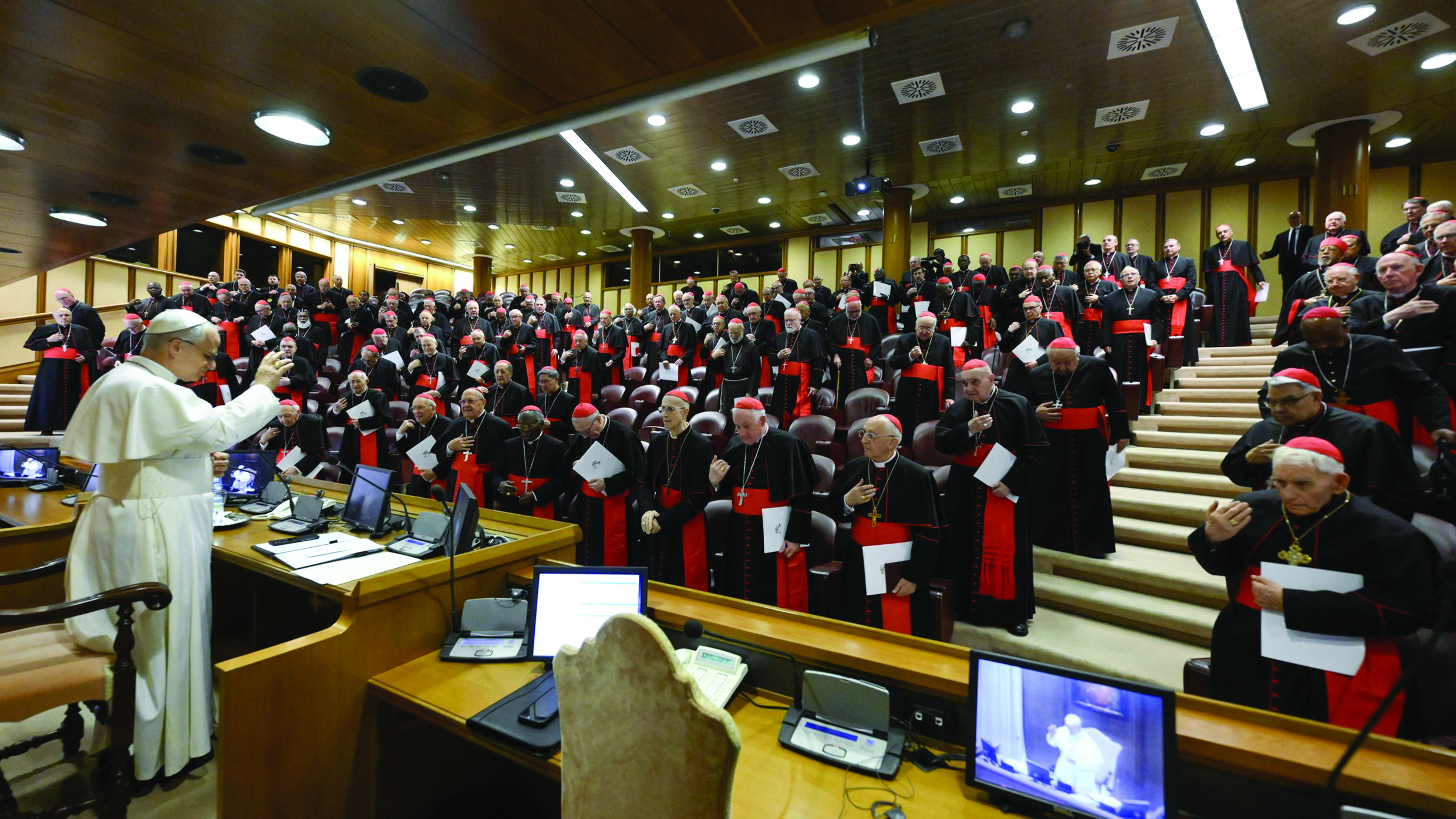
Facebook Comments